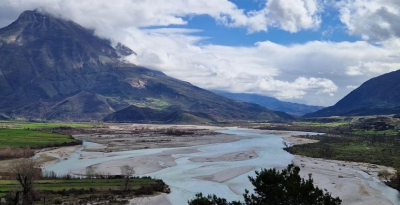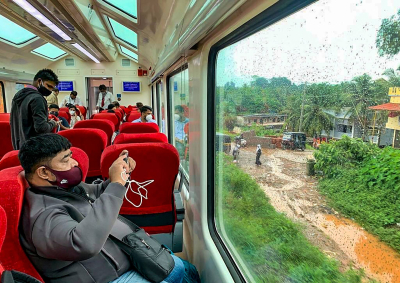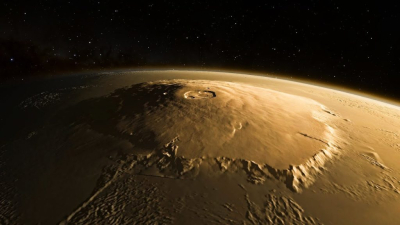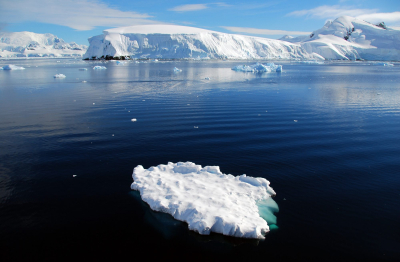An underwater forest?
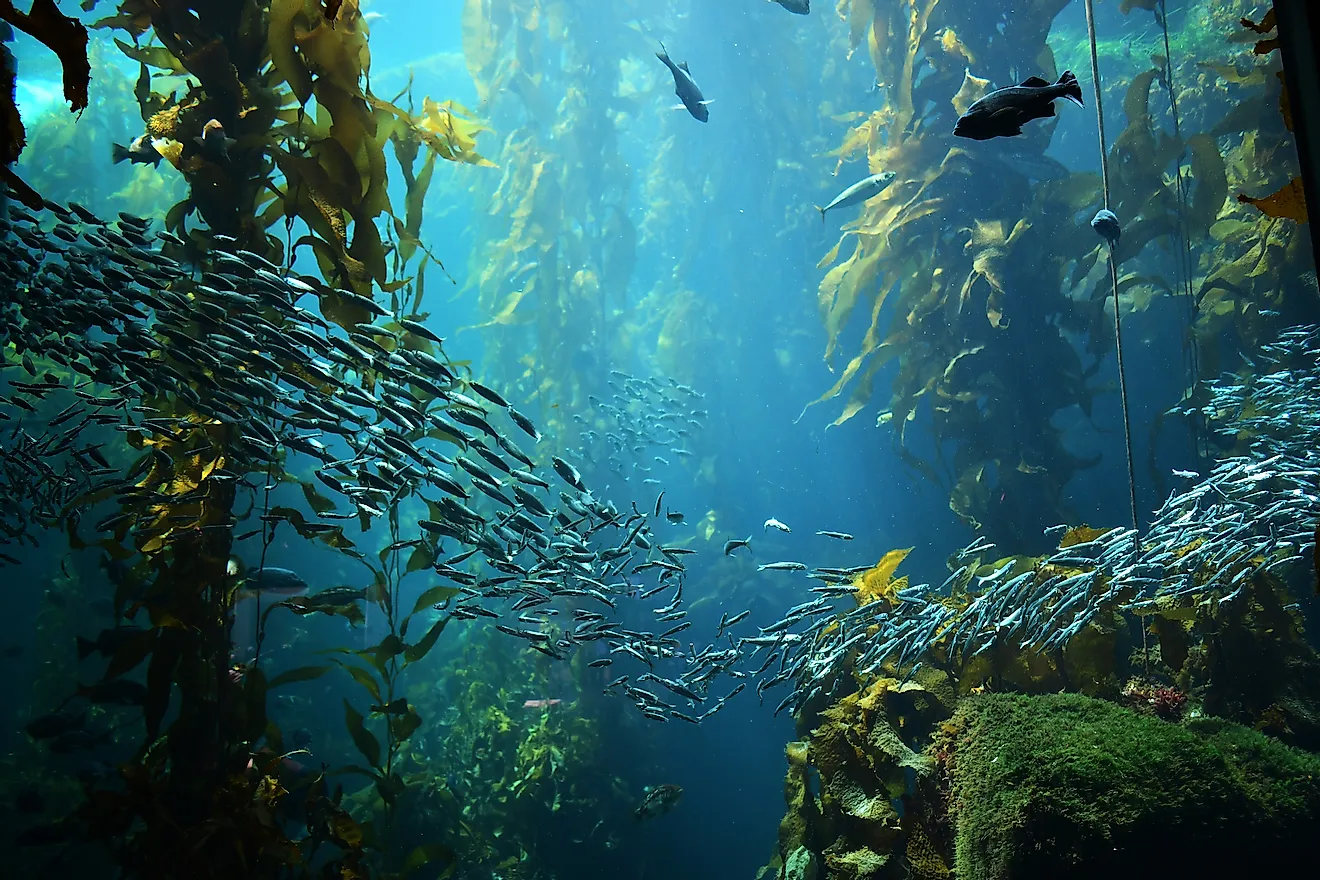
Imagine a forest underwater or a tapestry of green inside the ocean. That's just what a kelp forest is. Though kelps are considered the forests of the sea and look like plants, they are not plants. Kelps are large brown algae, and together, the different species of kelps form kelp forests.
The kelp forests figure among one of the most dynamic and diverse ecosystems on earth and offer a habitat for marine organisms such as invertebrates, fishes, and other algae and play many key ecological roles.
Kelps cover 25% of the world's coastlines. They provide food and shelter to marine animals. These can be seen around the world, across polar as well as temperate coastal oceans. They live in cold waters that are rich in nutrients.
While they remain attached to the seafloor, they grow towards the surface of the water and depend on sunlight to generate food. If the ideal physical conditions are satisfied, then kelps can grow 45 cm a day. Some of these species are seen to measure up to even 45 m long.
Kelps and climate change
Kelp forests play a highly crucial role in battling climate change as they are good at sequestering carbon, thereby ensuring the health of the coastal environment. They are also capable of absorbing excess nitrogen and phosphorus that run into the oceans from the land.
Studies have shown that a third of the globe's coastal environments depend on kelp to combat local pollution and sustain fisheries. Apart from helping maintain the health of the marine ecosystem, kelps are also commercially harvested as they find applications in food production, textiles, pharmaceuticals, and so on.
The health of the kelps is dependent largely on oceanographic conditions and as such they can disappear and reappear based on this. For instance, sea urchins can destroy the kelp forests. Moreover, strong individual storms can affect the kelp forests by tearing out the kelps from the floor of the sea.
These dense canopies of algae are also facing many threats. Water pollution, rising sea temperatures, overgrazing, overfishing, and water pollution are some of the reasons for the depletion of kelp forests.
Studies prove that Southern Australia and Northern California have lost 95% of their kelp forests.
Their depletion is seen along the coastlines of every continent and this affects the fish, livelihoods and economy that are supported by the kelp forests.
Picture Credit : Google
